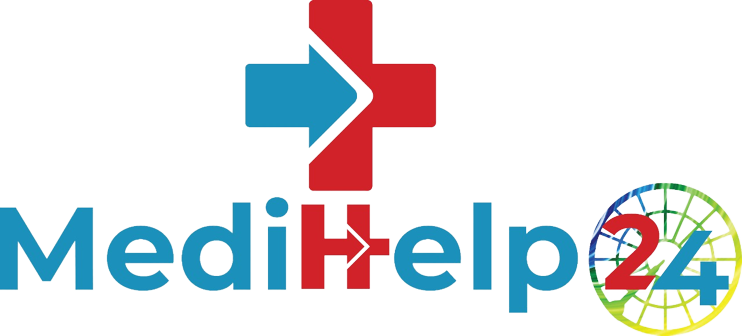
Generic
Naproxen Sodium
Pharmacology
Naproxen is a non steroidal anti-inflammatory drug (NSAID) with anti-inflammatory, analgesic & antipyretic properties. It is rapidly absorbed from the gastrointestinal tract and achieves 95% bioavailability.
Dosage Administration
Naproxen Tablet- Rheumatoid arthritis, osteoarthritis and ankylosing spondylitis: The usual dose is 500-1000 mg daily in two divided doses after meals. Management of pain, primary dysmenorrhea, acute tendonitis & bursitis: Recommended starting dose is 500 mg followed by 500 mg every 12 hours or 250 mg every 6-8 hours. The initial total daily dose should not exceed 1250 mg and thereafter, the total daily dose should not exceed 1000 mg. Acute gout: Recommended starting dose is 750 mg followed by 250 mg every 8 hours until the attack has subsided. Naproxen Suspension- For Juvenile rheumatoid arthritis: The usual dose for children over 2 years is 10 mg/kg/day given as two divided doses at 12-hours intervals. Therapy in children under 2 years of age is not recommended. Naproxen Gel- Is to be applied 2-6 times a day as required and is not recommended for use in children.
Contraindications
Naproxen is contraindicated in patients with known hypersensitivity to Naproxen. It should not be given to patients who have experienced asthma, urticaria, or allergic-type reactions after taking aspirin or other NSAIDs. It is contraindicated for the treatment of perioperative pain in the setting of coronary artery bypass graft (CABG) surgery.
Side Effects
Most frequently reported side effects include following: Gastrointestinal: Heartburn, abdominal pain, nausea, diarrhea, dyspepsia. Central Nervous System: Headache, vertigo, drowsiness. Dermatological: Pruritus (itching), purpura. Cardiovascular: Edema, palpitation. Others: Visual disturbances, hearing disturbances.
Pregnancy And Lactation
US FDA pregnancy category of Naproxen is C. So, Naproxen should be avoided in pregnancy & lactation unless the potential benefits to the other outweigh the possible risks to the fetus.

